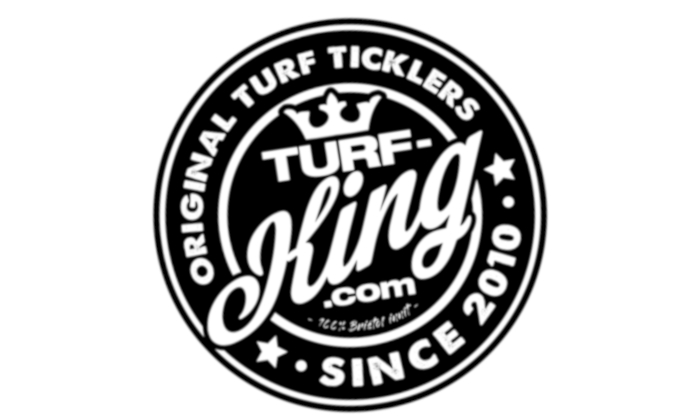Should Artificial Grass be Fixed Down | won’t it just blow away?
Unless in exceptional circumstance we recommend loose-laying artificial grass over fixing it down.
For the vast majority of applications we believe loose-laying is the professional way to install artificial grass for the following reasons:
- Artificial grass can expand and contract with heat fluctuations. Exactly how much varies from product to product but when a product is restricted from these movements it will wear excessively around fixing points
- Timber rots – especially in the ground. Fixing artificial grass to timber in the ground is definitely a bad idea. A properly installed artificial lawn could last 15 – 20 years – timber in the ground will usually last anywhere between 6 – 8 years before becoming rotten. Once rotten fixings (nails, screws etc) become free and may become hazardous to users. Fixing to timber is an old DIY method of installing artificial grass which should be avoided unless your artificial grass goals are short-term.
- ‘Ghosting’ – this is the phenomenon of the surface-level timber/composite frame (used to fix the grass to) becoming apparent through the grass over time. No matter how much compaction is applied during the installation process – if groundwork is made up to the level of a frame further compaction will occur with use and the frame eventually becomes visually apparent in the artificial grass ruining the natural aesthetic.
- Base Maintenance – we believe a base should be maintainable. Fixing to a timber or composite frame means using nails or screws which are almost impossible to find within the thatch of the grass (resulting in tearing when the base needs to be accessed). Gluing the grass to concrete or other hard surfaces means it’s game over for the grass if the base need to be accessed. Potential reasons for accessing the base include, groundwork settling, vegetative growth from bulbs or similar, tunnelling animals, drainage issues, services access and grass repairs.
But won’t it blow away?
No. Unless wind can get underneath the grass it will not blow away. Part of the installation process should include the installation of edges sufficiently high enough for the grass to butt-up to – ideally so the full depth of the grass is contained by the surrounding edge. 100m² of grass weighs circa 300kg, add to that dressing sand which should be anywhere between 2kg and 5kg /m² and you begin to see that the grass will need some strong persuasion to go anywhere.
There are always exceptions to the rule and in this case these could include:
- where a lawn is at risk from theft or being maliciously tampered with
- where a lawn is installed with open edges i.e. so wind can get under the grass
- certain sports applications
An example of a good containing edge. Here the artificial grass is contained by a paver edge with the top of the grass being flush with the top of the paver making it impossible for wind to lift the grass.
Summary
We recommend artificial grass is loose-laid over fixed down as it is better for the grass and in most every day applications there is simply no reason to fix it. Fixing artificial grass to timber frames should be avoided as this will build obsolescence into the lawn and is not a professional recommendation method unless special use or circumstance dictates i.e. indoor or short-term use.
About Turf King
Turf King is a Bristol based supplier and installer of artificial grass across the domestic, sports and education markets. We are an independent family business dedicated to excellence in artificial grass. Through our blog we aim to give buyers of artificial grass all the tools they need to make good purchasing decisions when buying artificial grass product and services. Follow the Turf King blog for regular updates.
Top Turfing Tip | loose laying trimming tip
When installing an artificial lawn the grass should be trimmed with enough room to expand and contract – the exact gaps will vary depending an the ambient temperature but on an average UK day edges at the back of the pile should be trimmed with little to no gap and edges at the front of the pile should be trimmed with around 5mm gap. Gaps at the left and right hand side edges of the pile will depend on the shape and direction of the containing edge.
Artificial Grass Surveys
Had an artificial grass install that’s not fit for purpose?
Need a professional survey for legal evidence?
We can help.
We offer a comprehensive professional survey service with written report which can be used as legal evidence in the case of bad practice. Surveys are chargeable but can be qualified over the phone for free. Qualification is no guarantee of successful conviction. Get in touch today for more information.



